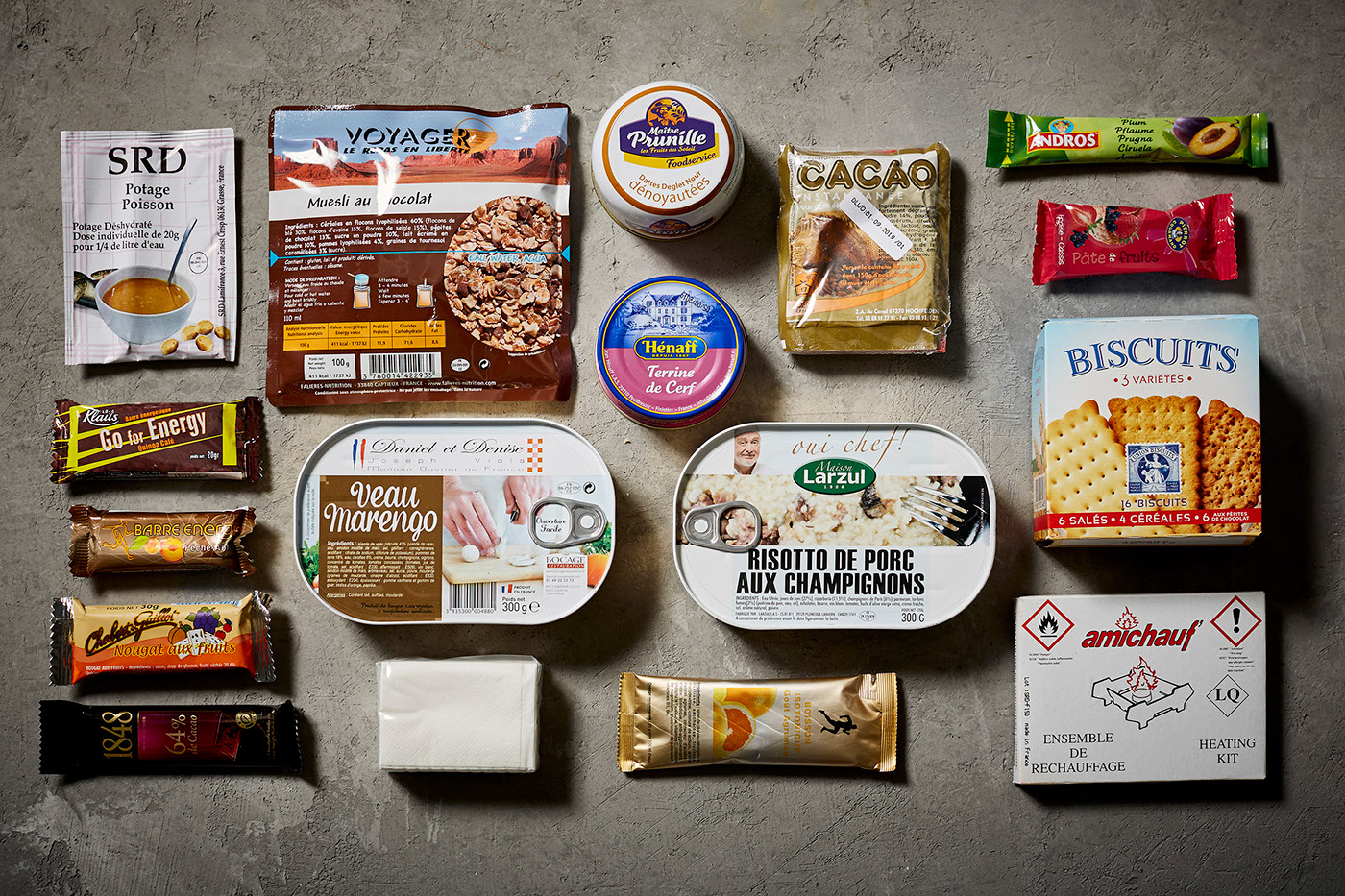By Don Vaughan
Anyone
who has served in the armed forces will tell you military rations
aren't exactly dinner at The Ritz-Carlton. In fact, many items are less
flavorful than a plain Ritz cracker. Early on, servicemembers asked that
candy be added to the ration menu, and military food scientists, in
collaboration with commercial candy manufacturers, worked hard to grant
that wish.
However, the first joint venture between the military
and a candy manufacturer must have been a huge disappointment for
military personnel. Rather than a treat to satisfy a servicemember's
sweet tooth, the resulting The creation of the D-bar dates back to April
1937, when the Army Quartermaster General sent Capt. Paul Logan to meet
with William Murrie, president of the Hershey Chocolate Corp. (known
today as The Hershey Co.), to discuss the creation of a ration bar that
would meet the nutritional needs of soldiers.
According to Pam
Whitenack, director of the Hershey Community Archives, Murrie assigned
the project to food chemist Sam Hinkle, who had been with Hershey since
1924. It took Hinkle and his team just a few days to develop a
nutrient-rich emergency ration that would not melt under normal
battlefield conditions. Each 4-oz. bar provided 600 calories and even
contained a dose of thiamine hydrochloride to prevent beriberi disease,
which is caused by vitamin B-1 (thiamine) deficiency.
“Because the
D-bar was meant as an emergency ration, Hinkle was told that it
couldn't taste too good because the military didn't want soldiers eating
it before it had to be consumed for survival,” Whitenack notes. “The
order was to make it taste just a little better than a plain boiled
potato.”
Hershey produced 90,000 D-bars, which were field tested
around the world before given final approval. The bars even found their
way to Antarctica as part of Navy Rear Adm. Richard Byrd's 1939
Antarctic Service Expedition.
The Quartermaster Corps returned
with an order for more D-bars at the start of World War II, and soon
Hershey was producing an astounding 24 million units per week. A wartime
need to ration certain ingredients placed sugar and cocoa in short
supply, so the company diverted everything it manufactured directly to
the military, Whitenack says. The resulting candy shortage continued
until the end of the war.
It also was during World War II that
M&M candies were invented. The hard-coated confection was the result
of a unique partnership between Bruce Murrie, son of Hershey president
William Murrie, and Forrest Mars Sr., the estranged scion of Mars Inc.
founder Frank C. Mars. Mars Sr. held the recipe for M&M's, but
lacked access to chocolate - something Hershey had in abundance. The
partnership gave Murrie a 20-percent stake in M&M's, whose famous
initials stand for Mars and Murrie.
M&M candies debuted in
1941 exclusively as a part of military rations and were a huge hit with
candy-starved servicemembers. Originally packaged in cardboard tubes,
they came in brown, red, orange, yellow, green, and violet. M&M's
weren't available to the public until after the war, but quickly became
one of the best-selling candy products in the world.

In
1942, the Quartermaster Corps requested a chocolate candy bar that
wouldn't melt in tropical war zones. The result was the Hershey Tropical
Chocolate Bar, a confection only available to the military, which was
designed to hold its shape for up to one hour at 120 degrees.
Distributed in the Asian and African theaters, the Tropical Chocolate
Bar was very popular among servicemembers due to its fudge-like
consistency says Whitenack. More than 380 million 2-ounce bars were
produced during World War II. The candy bar remained in production into
the 1970s and even accompanied Apollo 15 astronauts to the moon.
In
response to Operation Desert Storm, Hershey developed the Desert Bar,
which was similar to the Tropical Chocolate Bar but with a slightly
different formulation. However, the Desert Bar was discontinued when
Mars received the military contract for its own nonmelting candy bar.
“Hershey's
contributions during World War II were significant,” Whitenack states.
“It was one of just four or five companies that received five Army-Navy E
Awards, which also was known as the Army-Navy Production Awards and
were given to corporations in recognition of their exceptional
contributions to the war effort.”
Today's military rations
contain a variety of candy options produced by several commercial candy
manufacturers, notes Julie Smith, senior food technologist, DoD Combat
Feeding Directorate, Natick Soldier Research Development and Engineering
Center in Massachusetts. Options include “disks, milk chocolate, plain”
(similar to M&M's); “disks, fruit flavored” (similar to Skittles);
“disks, peanut butter, plain” (similar to Reese's Pieces) and toffee,
chocolate flavored” (similar to Tootsie Rolls).
“Currently,
we are not working on new candy components,” Smith says. “As new
warfighter requests or industry submissions come in, we will evaluate
the potential to include new candy items into our rations.”